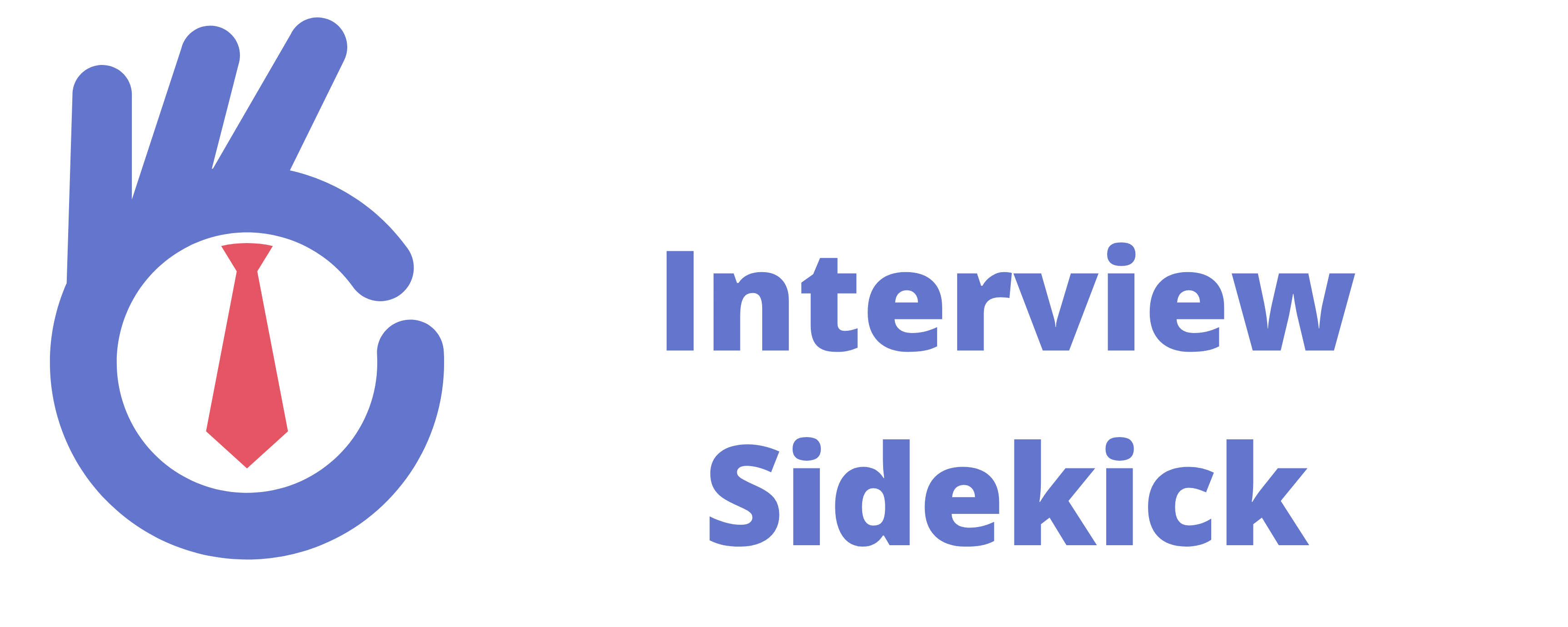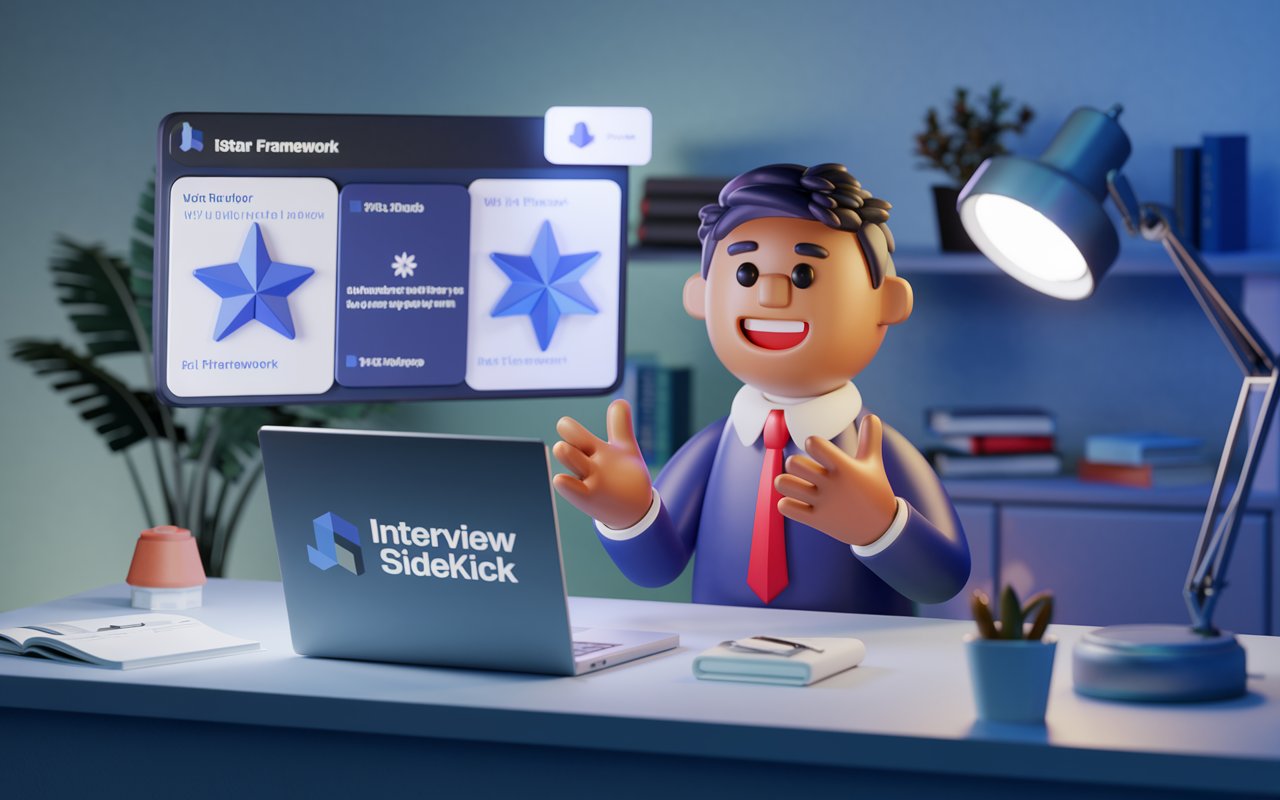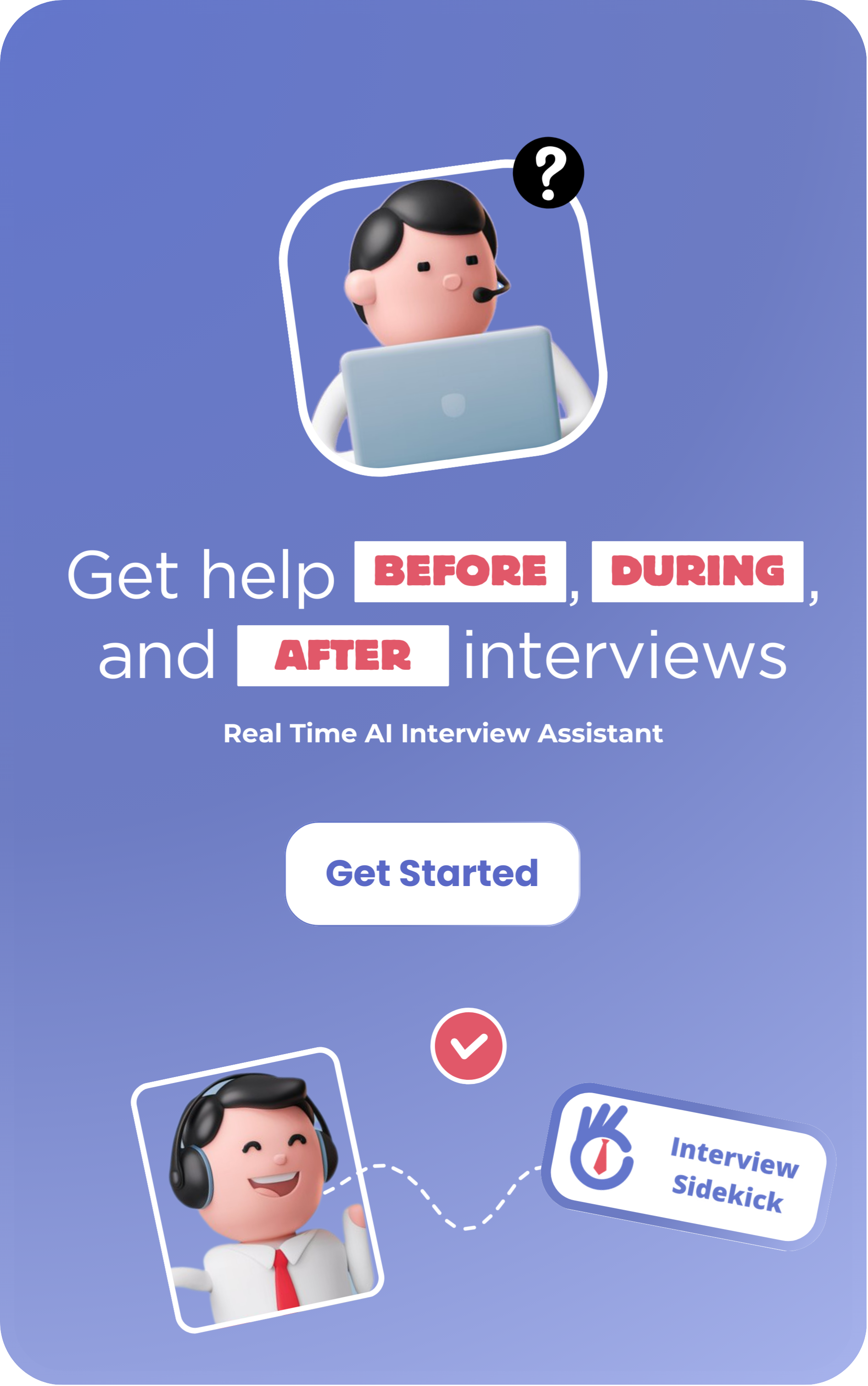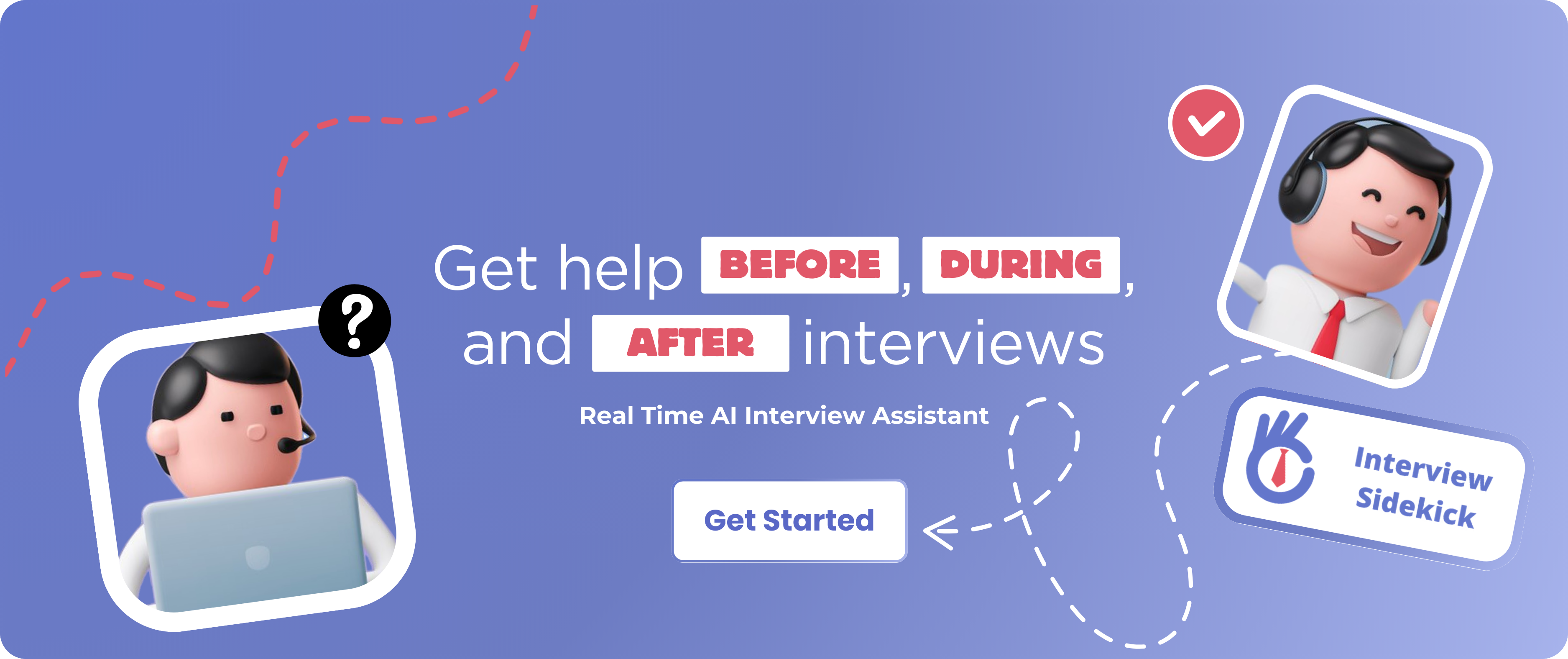
The STAR interview technique is a game-changer to answer tricky interview questions. It gives job seekers a way to share their experiences in an organized manner showcasing their talents and qualifications. Here’s a step-by-step breakdown of how to use the STAR interview technique to crush your next interview.
Getting to Grips with the STAR Interview Technique
The STAR interview technique stands for Situation, Task, Action, and Result. It helps you organize your responses to tough interview questions, which often begin with “Can you tell me about a time when…” or “Could you give me an example of…”
- Situation: Tell us about the setting where you did a job or ran into a problem at work. This gives a picture of what was going on and helps the interviewer understand the background.
- Task: Spell out the exact jobs or duties you had in that setting. What issue did you face, or what did you aim to get done?
- Action: Go into detail about the exact steps you took to deal with the situation or finish the job. Focus on what you did yourself, not what the team did, to show off your own input.
- Result: Talk about what came from your actions. What happened because of what you did? If you can, put numbers to your results to show how much your work mattered.
Breaking Down the STAR Interview Technique: Step-by-Step
- S: Situation
- T: Task
- A: Action
- R: Result
Situation
- How to Frame It: Your situation needs to be specific and job-relevant. Don’t talk about “what-ifs.” Stick to real examples from your work history, internships, volunteer gigs, or school projects.
- Example: “At my last job as a project manager with XYZ Company, we had a big problem. Our projects kept missing deadlines, and our clients weren’t happy.”
Task
- How to Frame It: state the task you had to handle. Make sure the task matches the problem or challenge you faced in the situation.
- Example: “My job was to find out why the delays were happening and come up with a plan to get the project moving again.”
Action
- How to Frame It: Here’s where you show off your problem-solving skills take-charge attitude, and the specific steps you took. Use action words and focus on what you did in the situation.
- Example: “I took a close look at the project timelines and spotted hold-ups in the approval process. Then, I put in place a quicker approval system that cut down the waiting time by 30%.”
Result
- How to Frame It: The result should stem from your actions. When you can, put numbers to your achievements to make them more impressive.
- Example: “Because of this, we hit project deadlines like clockwork, and clients were 20% happier. The new way of doing things became the go-to method for other projects too.”
Answering with STAR Interview Technique: Typical Behavior Questions
To use the STAR interview technique well, you need to have answers ready for common behavior questions. Here are some examples:
- Question: “Tell me about a time when you had to overcome a big challenge at work.”
- Response: Use STAR to explain what happened, the problem you faced, what you did to solve it, and the good results that came from your efforts.
- Question: “Give me an example of a time when you had to work under pressure.”
- Response: Talk about a specific time when you met tight deadlines or handled a stressful situation how you stayed organized, and how your actions led to success.
- Question: “Describe a situation where you had to work as part of a team.”
- Response: Describe a team project you were part of. Talk about your specific job on the team. Explain what you did to help the team succeed. Share the end results of the project.
Tips to Use the STAR Interview Technique
Practice and Get Ready
- Create Answers Beforehand: Look over the job listing and spot key skills and abilities needed for the job before your interview. Get STAR answers ready for each of these areas.
Be Brief
- Don’t Overdo the Details: It’s important to give enough info to make your story gripping, but don’t talk too much. Try to keep your STAR answers short and on topic.
Customize Your Answers
- Match Job Requirements: Shape your STAR answers to fit what the job needs. Highlight experiences that relate to the position.
Stay Truthful
- Be Real: Make sure your STAR stories are true and show your actual experiences. People who interview can often spot when a story is stretched or made up.
Show Your Results with Numbers
- Use Facts and Figures: When you can, put numbers to what you achieved. Figures, percentages, and other data make what you did easier to grasp and more striking.
STAR Interview Technique Answer Examples
Example 1: Handling Disagreements
- Situation: “My old job had two team members fighting, which hurt how much work we got done.”
- Task: “Being the team leader, I had to step in and help fix things.”
- Action: “I talked to each person alone to get their side of the story. Then, I got them together to talk it out. I made sure everyone had a chance to speak and be heard.”
- Result: “The team members worked things out, and we saw our work output go up by 15% over the next few weeks.”
Example 2: Meeting a Tight Deadline
- Situation: “My internship involved a project with a tight deadline.”
- Task: “I had to create a thorough market research report in just one week.”
- Action: “I ranked the jobs by importance, split up the research among team members, and put in extra hours to gather and examine the data.”
- Result: “We turned in the report on schedule, and the bosses liked it so much they used it to plan the company’s strategy.”
Things to Watch Out for When Using the STAR Method
Lack of Detail
- Be Specific: Don’t be too general when you answer STAR questions. Give details that show what you did in the situation.
Too Much Focus on the Situation
- Keep Your Answer Balanced: Don’t talk too long about the situation. Spend more time on what you did and what happened because of it.
Not Being Ready
- Don’t Make It Up as You Go: Trying to think of STAR answers right there can make you talk too much and lose focus. Practice ahead of time to give clear short answers.
How to Use STAR in Different Interview Types
Behavioral Interviews
- Focus on Past Experiences: The STAR method works best in behavioral interviews. These interviews aim to evaluate how you’ve dealt with past situations, which can predict your future job performance.
Panel Interviews
- Impress Multiple Interviewers: The STAR method can help you give organized compelling answers in a panel interview. This shows your ability to handle complex situations making it easier to showcase your qualifications to several interviewers at once.
Phone Interviews
- Clear Communication: Phone interviews lack visual cues so you need to be extra clear and brief. The STAR method helps you structure your answers so they’re well-organized and easy to follow.
Video Interviews
- Get ready for the Format: Video interviews need you to watch both what you say and how you look. Use the STAR method to keep your thoughts in order and make sure your answers hit home.
To wrap up: Getting good at the STAR Method
The STAR interview technique helps you answer behavioral questions well. If you prepare and practice your STAR answers, you can show off your skills and experiences with confidence in a clear way. Don’t forget to match your stories to the job, keep things short, and use numbers to show your results when you can. With the STAR method in your back pocket, you’ll be ready to handle any interview question and make the people interviewing you remember you.




